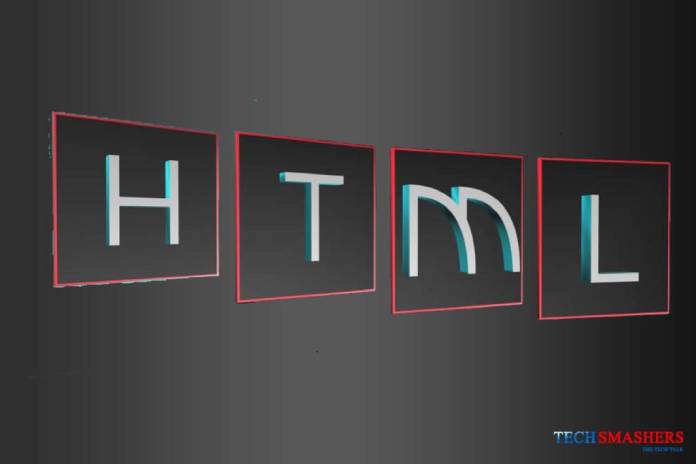HTML stands for HyperText Markup Language English, meaning Markup Language HyperText . This is the name of the programming language used in the elaboration of Web pages , and which serves as a reference standard for coding and structuring them, through a code of the same name (html). We explain what HTML is, what it is for and its history. Also, how this language works and what are html tags.
The W3C or World Wide Web Consortium, an organization dedicated to the standardization of the parameters of the Network , uses html as the most important web language , and to which virtually all browsers and browsers have adapted . It is crucial, then, for the development and expansion of the Network.
This code operates based on the differentiation and the location of the different elements that make up the Web page . Thus, the code is light and purely textual , but it contains the URLs of the images, audios, videos and other content that will be retrieved by the browser to assemble the page, as well as the indications for the graphic and aesthetic representation of the text that is Find in it.
The HTML has gone through various versions and modifications , moving towards a more efficient and faster operating model, which requires different browser software companies to apply consecutive patches to their products to update them with each new version.
Also Read: The Concept Of Multimedia
Detailed History Of HTML
The first version of this code appeared in 1991 and was written by Tim Berners-Lee (TBL), being little more than an initial design of 18 elements, 13 of which are still preserved. It was considered little more than a variant of the Standard General Markup Language (SGML) in use and consisting of a language of labels, but in 1993 its virtues and its power in the standardization of the languages of the Network were recognized.
Then work began on Html +, a more developed version, and in 1995 the third version of the standard was obtained: HTML 3.0, whose successive updates (3.1 and 3.2) were very successful in the first popular Netscape and Mosaic browsers . In 1997 HTML 4.0 would appear, as a recommendation of the W3C, and finally in 2006 the most recent version, HTML 5.0.
How Does HTML Work?
The html language operates based on written markers (which appear in angle quotes: <html>) , from which the appearance and internal order of a web page are encrypted, as well as the scripts or routines that operate within them. This source code acts as the DNA of the Web page, telling the browser where to obtain the resources for its representation and in what order, sequence and way to establish them. And following the code to the letter, the browser gives us the experience of Web browsing.
To do this, html operates based on a set of components, such as:
- Elements . The basic bricks of the html language, serve to represent the content and its attributes, as well as mark the parameters of the language itself, such as the starting point of the command chain and the closing point, or special needs.
- Attributes . Specifications regarding value, color, position, etc. of the elements incorporated in the code. They usually consist of a series of logical or numerical instructions.
Also Read: The Concept Of WIFI
What Is An Html Tag?
Html tags are called the instructions with which the code is composed , that is, the entries surrounded by angular quotes and that have a specific value in the set, which will then be read by the browser program and translated into a Web page. These labels must open <> and then close </> when they are no longer needed, in the correct order and in the correct sequence so that errors do not arise.
Some examples of tags are:
- <html>, a command that starts the instruction string that is the html code and closes with </html> at the end of the programming document.
- <head>, which defines the header of the html document, which is linked to the title of the browser window and contains sub-elements such as <title> (title), <link> (to link to style sheets or aesthetic models), < goal> (to refer information about the authorship of the code), etc.
- <img>, which refers to images and is usually accompanied by the route where it is located.
- <a>, to enter both internal and external hyperlinks, using the href attribute and the URL where the hyperlink will lead.
- <div>, to enter divisions within the web page.
Html5
HTML5 is the most recent version of this programming language, published in October 2014 by the W3C consortium . This modernization of the language replaced obsolete tags with current versions and capitalizes on new technologies and web needs such as forms, viewers, large datasets , etc.
Also Read: Welcome To The Internet



